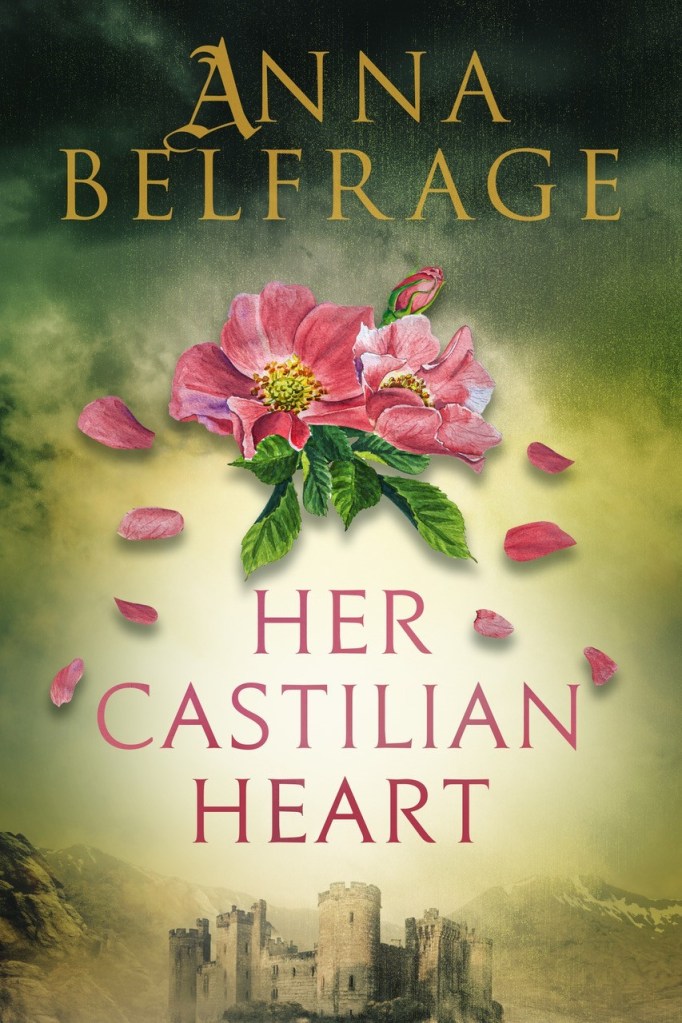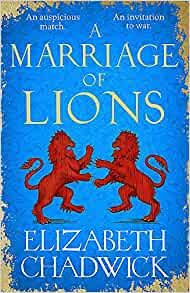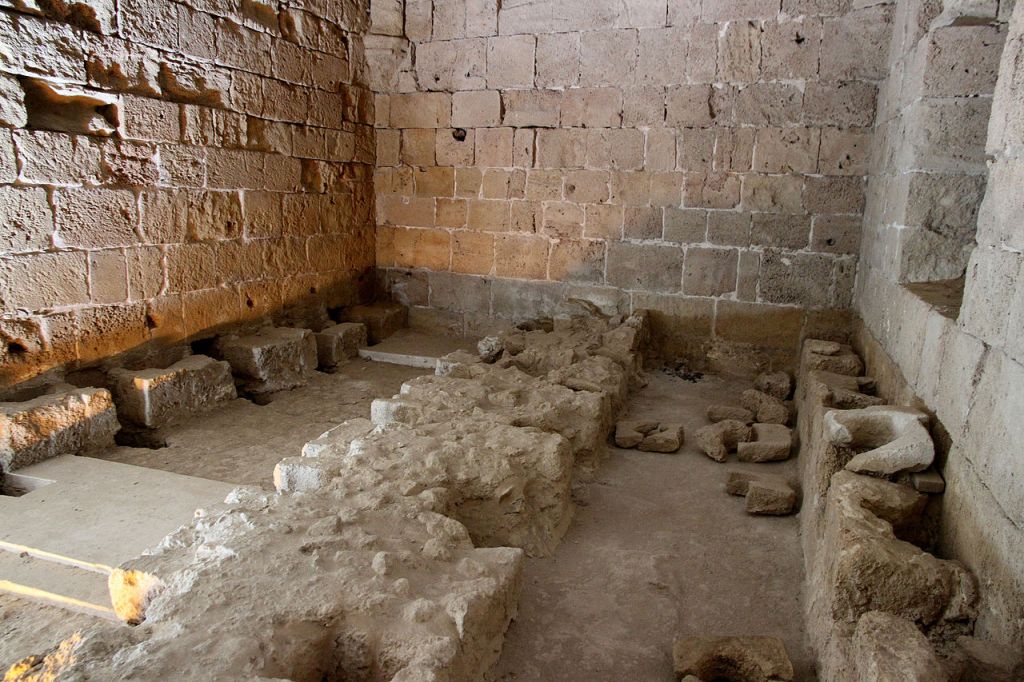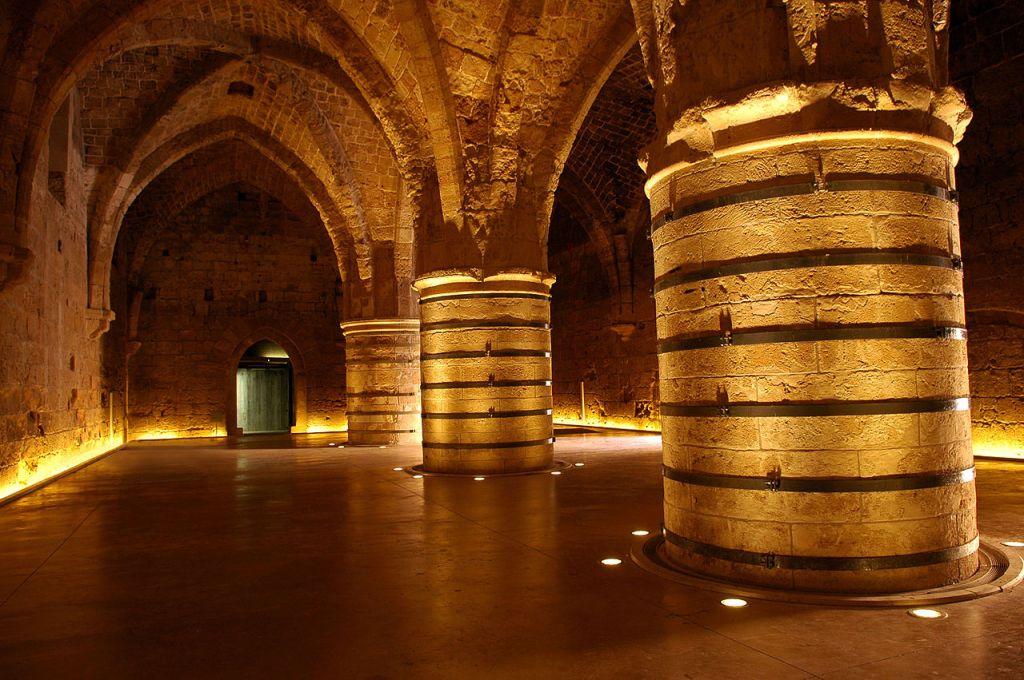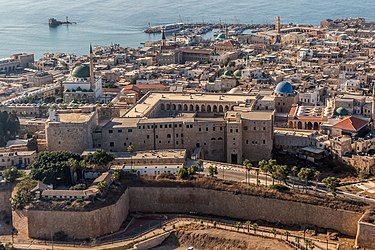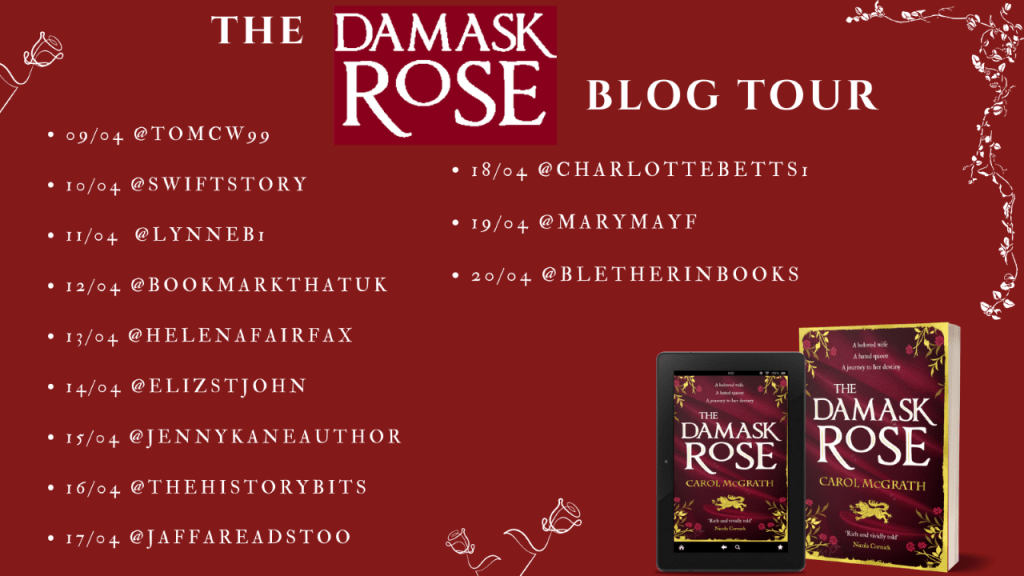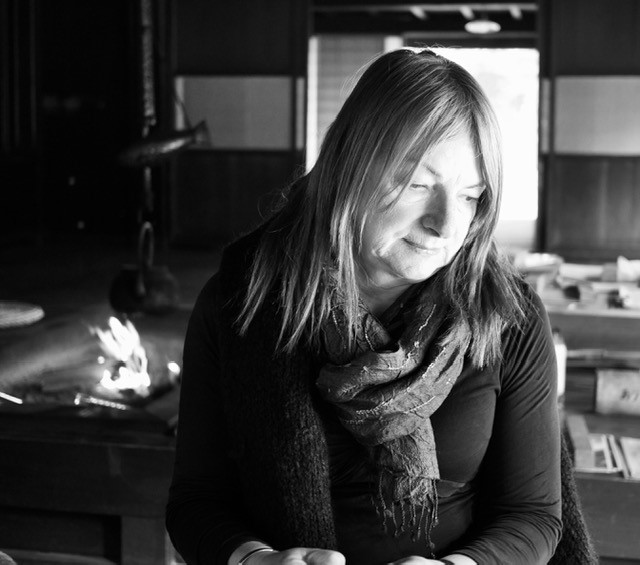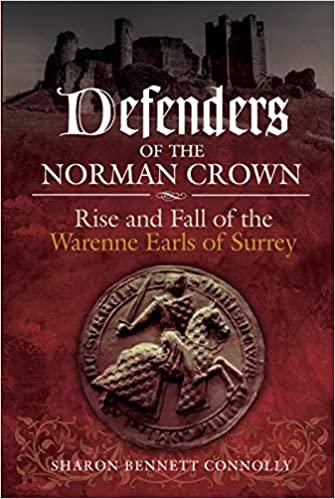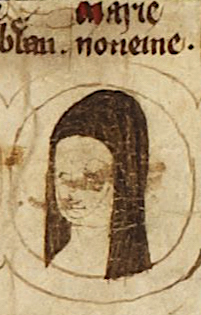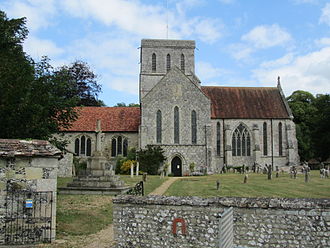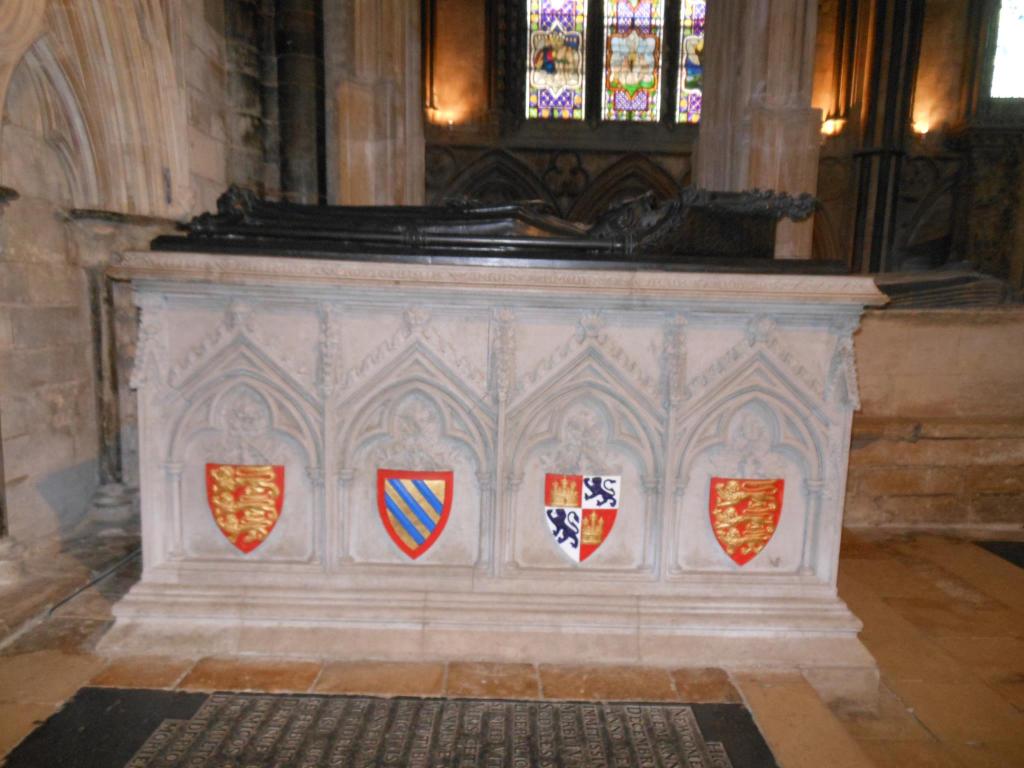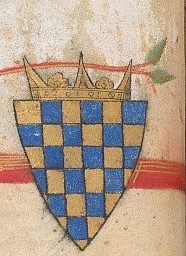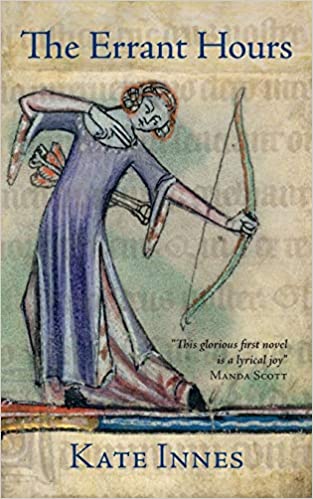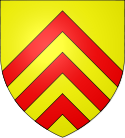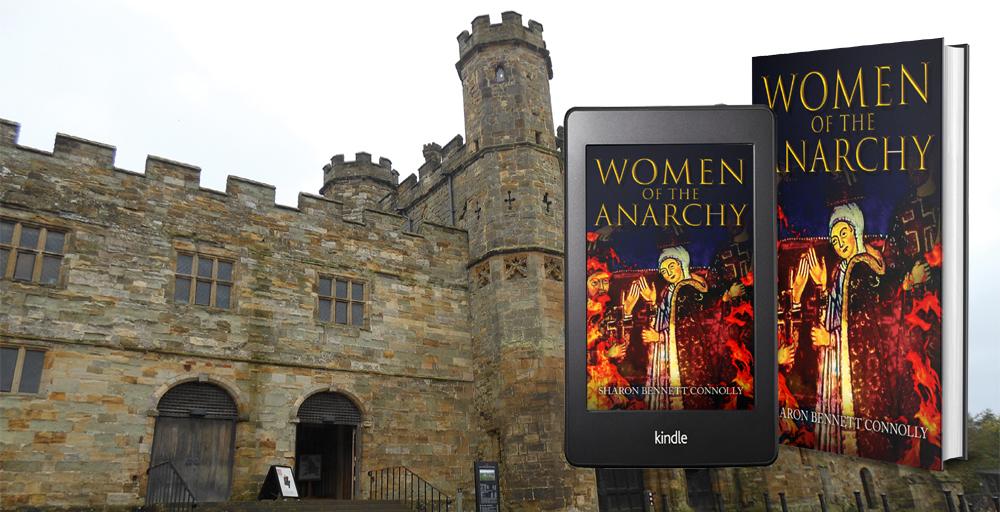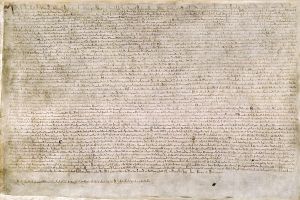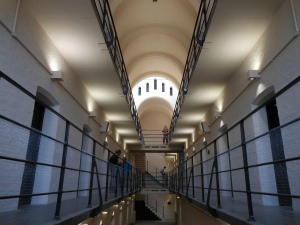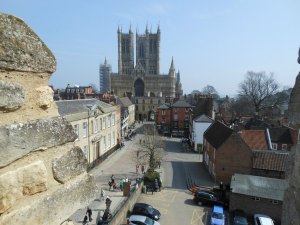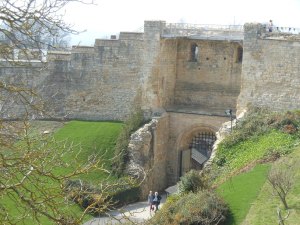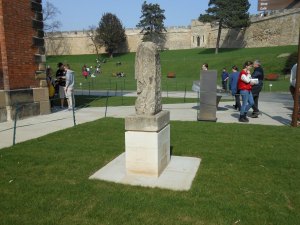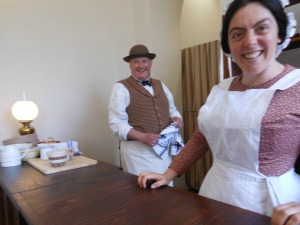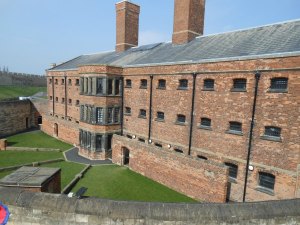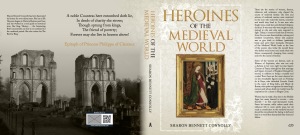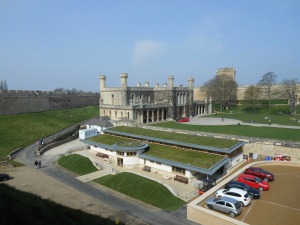Blood is not always thicker than water…
At times a common bloodline is something of a curse—or so Robert FitzStephan discovers when he realises his half-brother, Eustace de Lamont, wants to kill him.
A murderous and greedy brother isn’t Robert’s only challenge. He and his wife, Noor, also have to handle their infected relationship with a mightily displeased Queen Eleanor—all because of their mysterious little foundling whom they refuse to abandon or allow the queen to lock away.
Eustace is persistent. When Robert’s life hangs in the balance, it falls to Noor to do whatever it takes to rip them free from the toothy jaws of fate. Noor may be a woman, but weak she is not, and in her chest beats a heart as brave and ferocious as that of a lioness. But will her courage be enough to see them safe?
Her Castilian Heart by Anna Belfrage is yet another fast-paced adventure that is impossible to put down. I read it in 3 days!
Her Castilian Heart is the third in the series, set in the reign of Edward I, which follows Robert FitzStephan, an illegitimate son of a lord who has risen on his own merit to become a knight and landowner. He is married to the incomparable Noor, a relative of the queen, Eleanor of Castile. After being exiled to Spain for a short period, Noor and Robert are back in England, facing the anger and suspicions of the queen, and the jealousy of Robert’s brother.
As ever, Anna Belfrage has woven a tale of love, betrayal and intrigue that will leave the reader absorbed from beginning to end. Set with the backdrop of border skirmishes with Wales and the queen’s failing health, Noor and Robert are once again forced to negotiate the English court and its rivalries, intrigues and jealousies.
At present, she did not look much like a mother or wife: her hair had escaped its braid and the confines of the veil, long dark locks floating round her face. There was a smudge of something on her nose – ointment, he’s hazard, given the fragrance – and her brown skirts were covered with straw. He reached over and stroked her cheek with his maimed hand. She leaned into his touch, half closing her eyes.
‘Why is he here?’ she asked, moving close enough that she could stand on her toes and kiss his cheek.
‘Why?’ To drag me along to Wales.’
‘Now?’ She frowned. ‘This time of the year?’
‘I’ve campaigned during the winter before.’ He tapped her nose. ‘I’ll survive.’
She paled, and he regretted his choice of words.
‘It is a scouting expedition.’ he said. ‘We will keep to the shadows.’ He did not quite believe that. The moment Rhys of Maredudd had decided to raise the banners of rebellion yet again instead of disappearing into a hole somewhere, he’d effectively unleashed the vindictive rage of the English king. There’d be little scouting, more killing, as they encircled the rebel.
She snorted. ‘Mortimer is about as adept at staying in the shadows as I am at swimming.’
As his wife did not know how to swim, that was not an accolade. But it made him smile. He shook his head at her. ‘Roger is quite skilled at melting into the background when it suits him.’
‘Hmph! Then he can go himself.’
‘The king requires I accompany him.’ And as the king’s knight, Robert could not deny him.
‘The king is here? In England?’
He heard the quaver in her voice. Once the king and queen were back, there would be no putting off the audience with the queen, and they both feared Queen Eleanor’s reaction to the fact that they’d returned without that jewel she so desired. Or abandoning their foster son in foreign lands as instructed, but hopefully she’d never find that out. Upon returning home, Robert had sent an extensive account of their time abroad to the king, and despite being home for a year, he’d not heard from his liege until now, and then only indirectly via Roger Mortimer.
‘He remains in Gascony.’
Anna Belfrage’s storytelling is second-to-none and her research impeccable. She transports the reader to the court of Edward I, to the Europe of the 13th century. Meticulously recreating the sights, sounds and smells of the era, Anna rebuilds a lost world and immerses the reader entirely within its confines.
Her characters are full of life and vigour, having an energy of their own. They are not untouched by events, and grow and mature through their experiences. Neither Noor nor Robert forget the past and this informs their future. Anna Belfrage has created a hero and heroine that the reader can relate to, and empathise with.
Her Castilian Heart by Anna Belfrage will leave the reader breathless!
Anna Belfrage is a wonderful storyteller. She draws you into the book from the very first page, takes hold of your emotions, twists them around, puts them through the ringer and then – maybe – gives them back to you, battered, bruised and in tears. And you’ll want to go back for more! What an incredible experience!
*
To buy the book:
Her Castilian Heart is available now from: http://myBook.to/HEART
About the author:
Had Anna been allowed to choose, she’d have become a professional time-traveller. No luck there, so instead she became a financial professional with two absorbing interests; history and writing. These days, Anna combines an exciting day-job with a large family and her writing endeavours. Plus she always finds the time to try out new recipes, chase down obscure rose bushes and initiate a home renovation scheme or two.
Anna has authored the acclaimed time travelling series The Graham Saga , set in 17th century Scotland and Maryland, as well as the equally acclaimed medieval series The King’s Greatest Enemy.
Anna has also published The Wanderer, a fast-paced contemporary romantic suspense trilogy with paranormal and time-slip ingredients. Her September 2020 release, His Castilian Hawk is a story of loyalty and love set against the complications of Edward I’s invasion of Wales in the late 13th century.
Her most recent release, The Whirlpools of Time , is a time travel romance set against the backdrop of brewing rebellion in the Scottish highlands.
All of Anna’s books have been awarded the IndieBRAG Medallion, she has several Historical Novel Society Editor’s Choices, and one of her books won the HNS Indie Award in 2015. She is also the proud recipient of several Reader’s Favorite medals as well as having won various Gold, Silver and Bronze Coffee Pot Book Club awards.
Find out more about Anna, her books and enjoy her eclectic historical blog on her website, www.annabelfrage.com
Social Media Links:
Website: www.annabelfrage.com; Amazon Author Page: http://Author.to/ABG; Twitter: https://twitter.com/abelfrageauthor; Book Bub: https://www.bookbub.com/profile/anna-belfrage; Instagram: https://instagram.com/annabelfrageauthor; Facebook: https://www.facebook.com/annabelfrageauthor; Goodreads: https://www.goodreads.com/author/show/6449528.Anna_Belfrage
*
My Books:
Signed, dedicated copies of all my books are available, please get in touch by completing the contact me form.
Defenders of the Norman Crown: The Rise and Fall of the Warenne Earls of Surrey tells the fascinating story of the Warenne dynasty, of the successes and failures of one of the most powerful families in England, from its origins in Normandy, through the Conquest, Magna Carta, the wars and marriages that led to its ultimate demise in the reign of Edward III. Defenders of the Norman Crown: Rise and Fall of the Warenne Earls of Surrey is now available from Pen & Sword Books, Amazon in the UK and US, Bookshop.org and Book Depository.
1 family. 8 earls. 300 years of English history!
Also by Sharon Bennett Connolly:
Ladies of Magna Carta: Women of Influence in Thirteenth Century England looks into the relationships of the various noble families of the 13th century, and how they were affected by the Barons’ Wars, Magna Carta and its aftermath; the bonds that were formed and those that were broken. It is now available in paperback and hardback from Pen & Sword, Amazon, Bookshop.org and from Book Depository worldwide.
Heroines of the Medieval World tells the stories of some of the most remarkable women from Medieval history, from Eleanor of Aquitaine to Julian of Norwich. Available now from Amberley Publishing and Amazon, Bookshop.org and Book Depository.
Silk and the Sword: The Women of the Norman Conquest traces the fortunes of the women who had a significant role to play in the momentous events of 1066. Available now from Amazon, Amberley Publishing, Bookshop.org and Book Depository.
Alternate Endings: An anthology of historical fiction short stories including Long Live the King… which is my take what might have happened had King John not died in October 1216. Available in paperback and kindle from Amazon.
*
You can be the first to read new articles by clicking the ‘Follow’ button, liking our Facebook page or joining me on Twitter and Instagram.
*
©2022 Sharon Bennett Connolly, FRHistS
